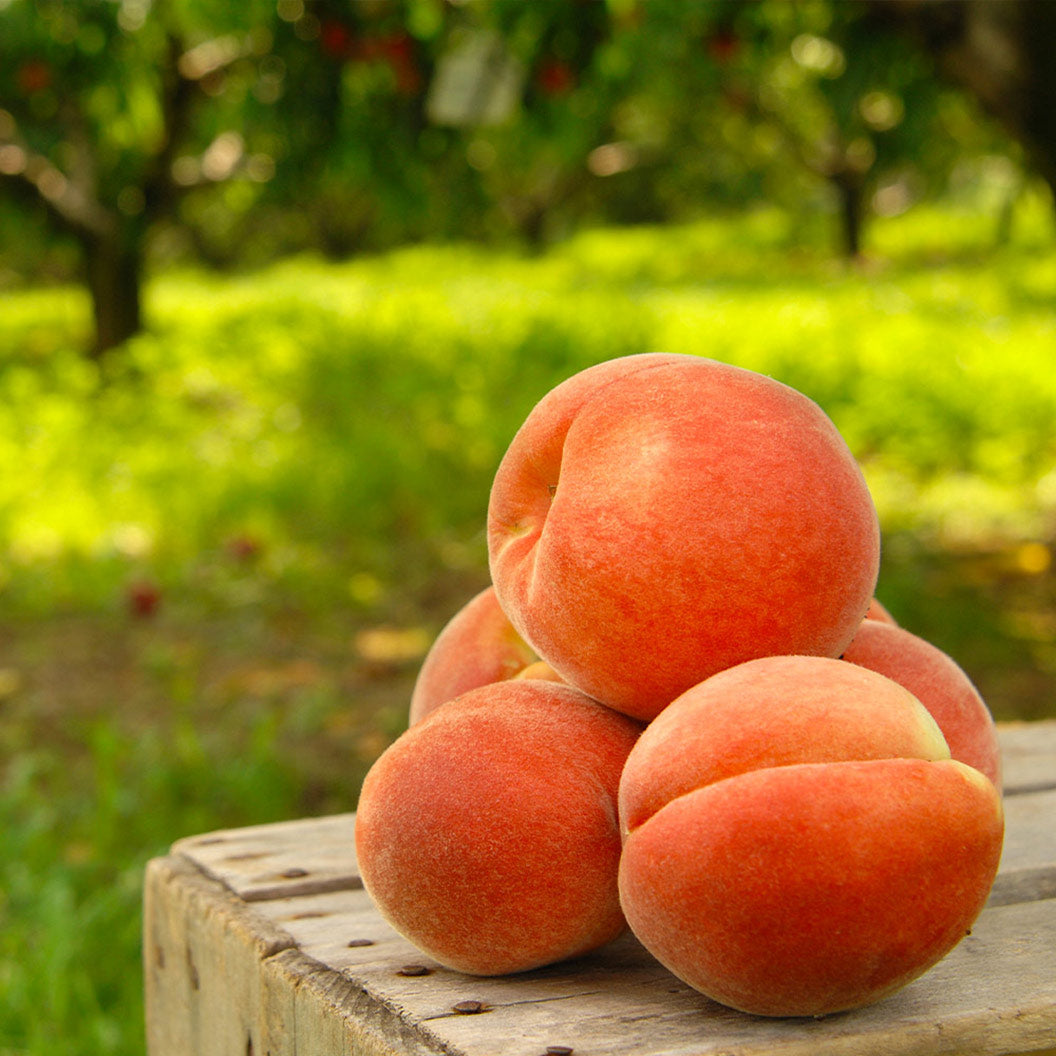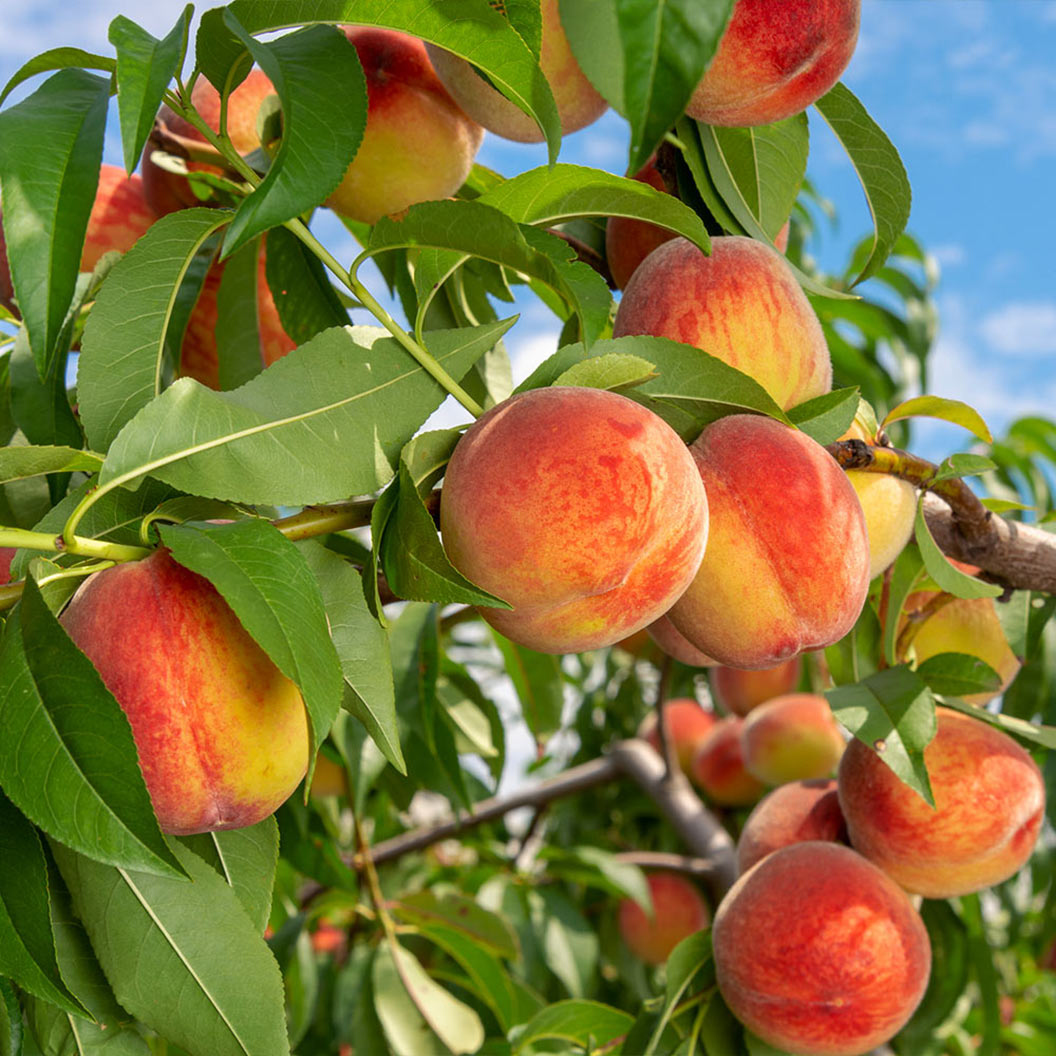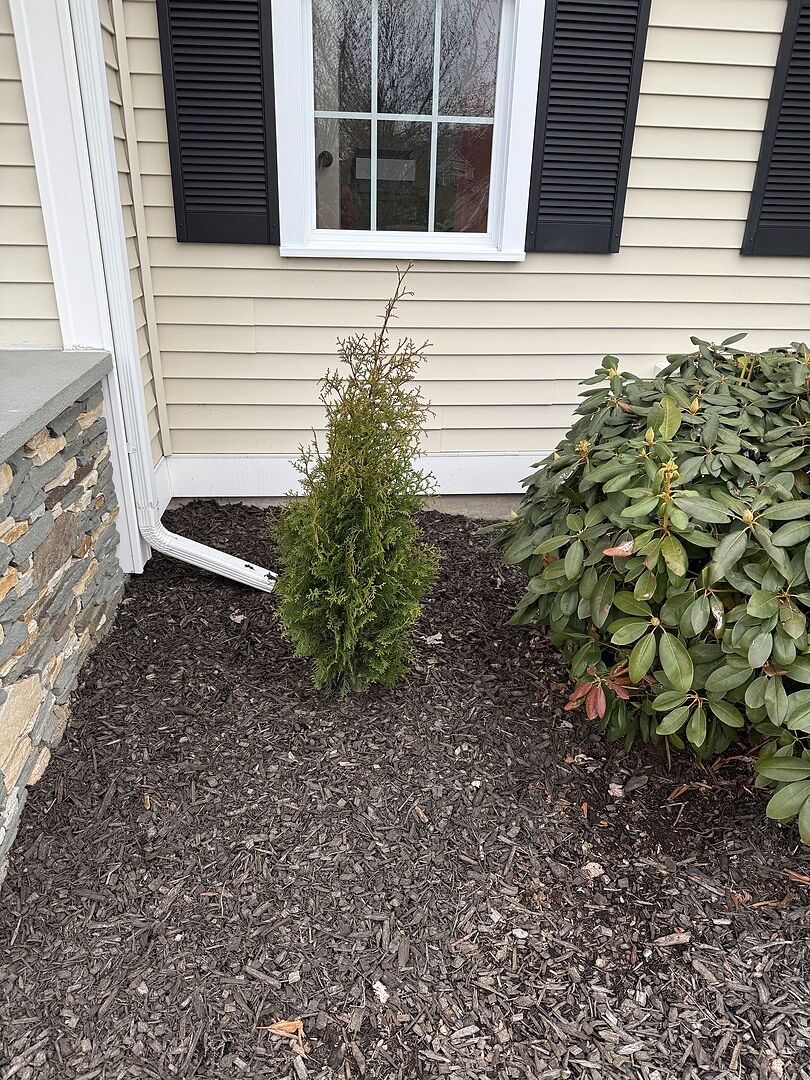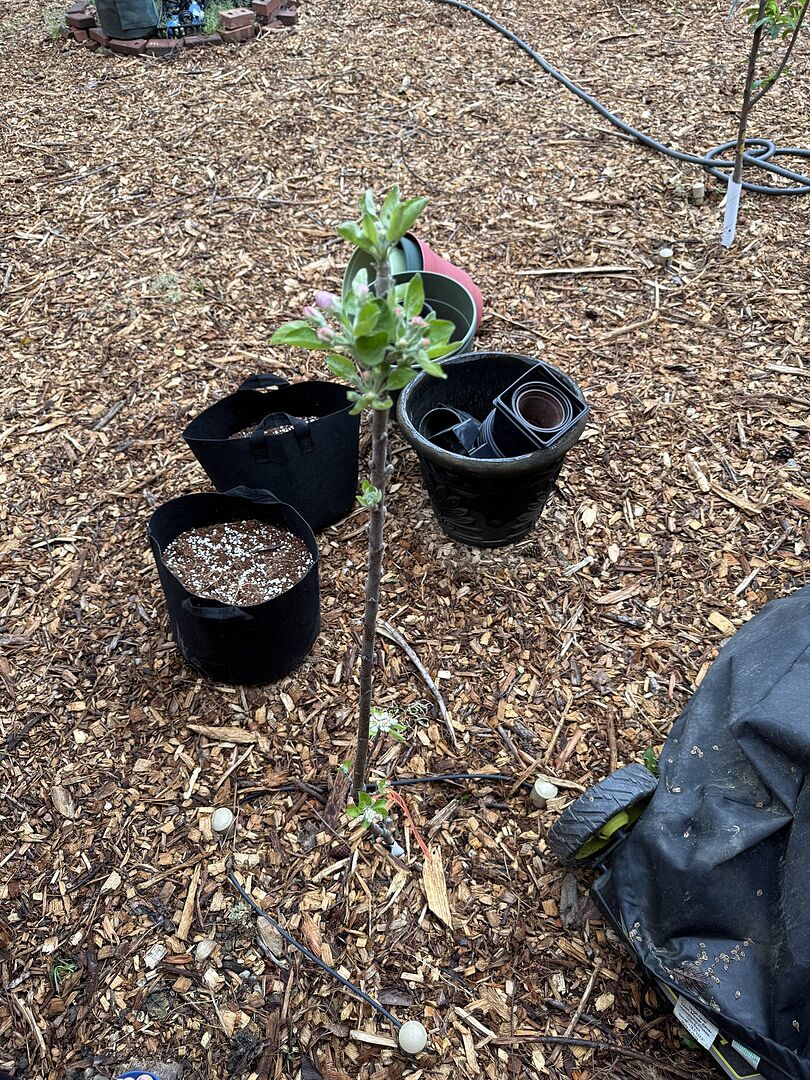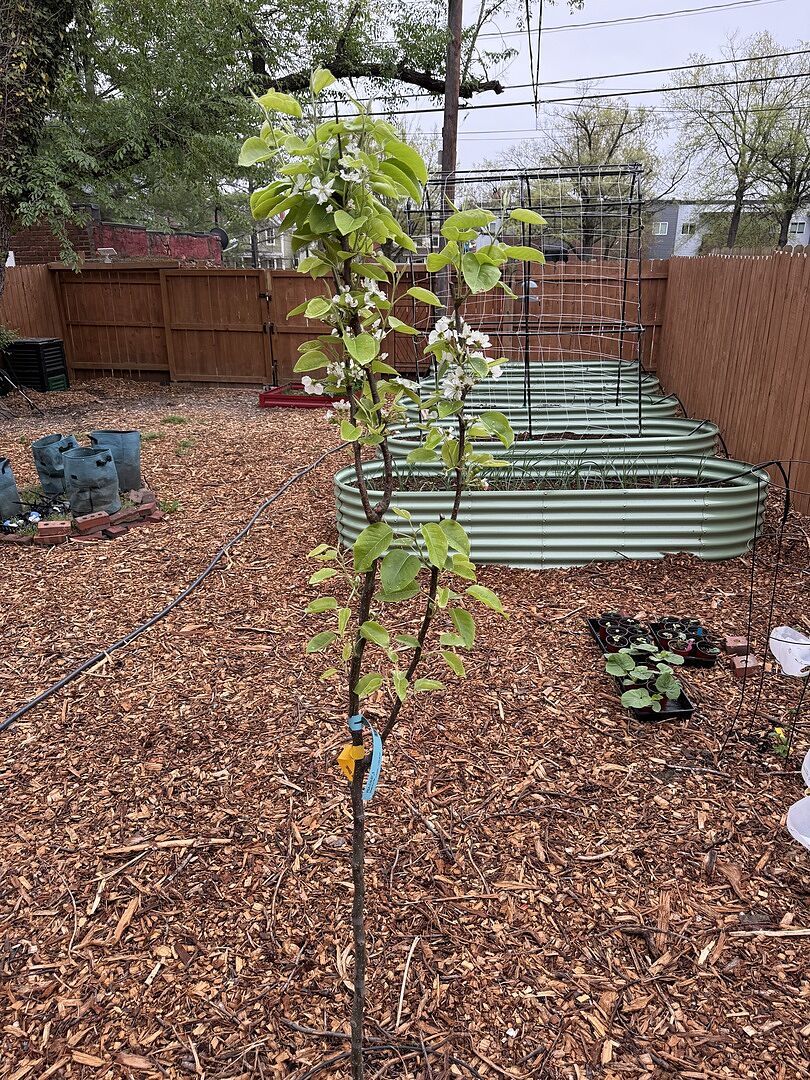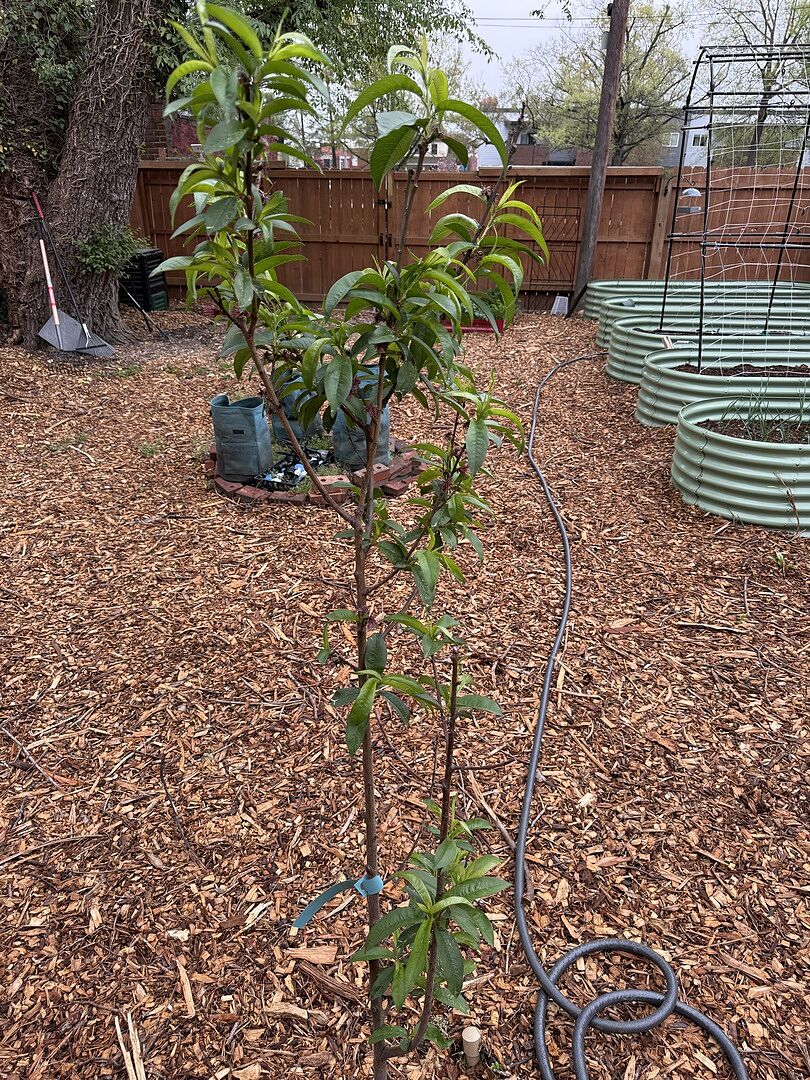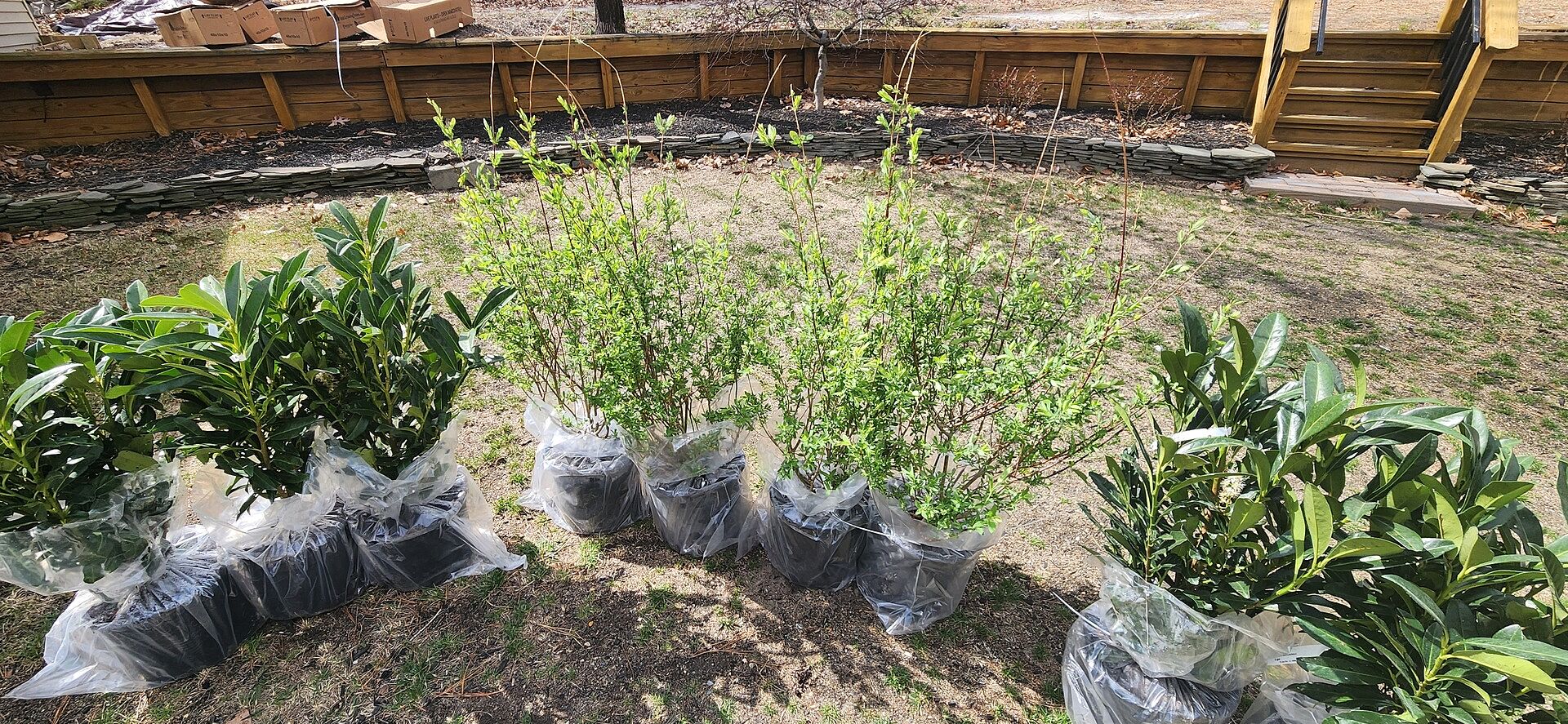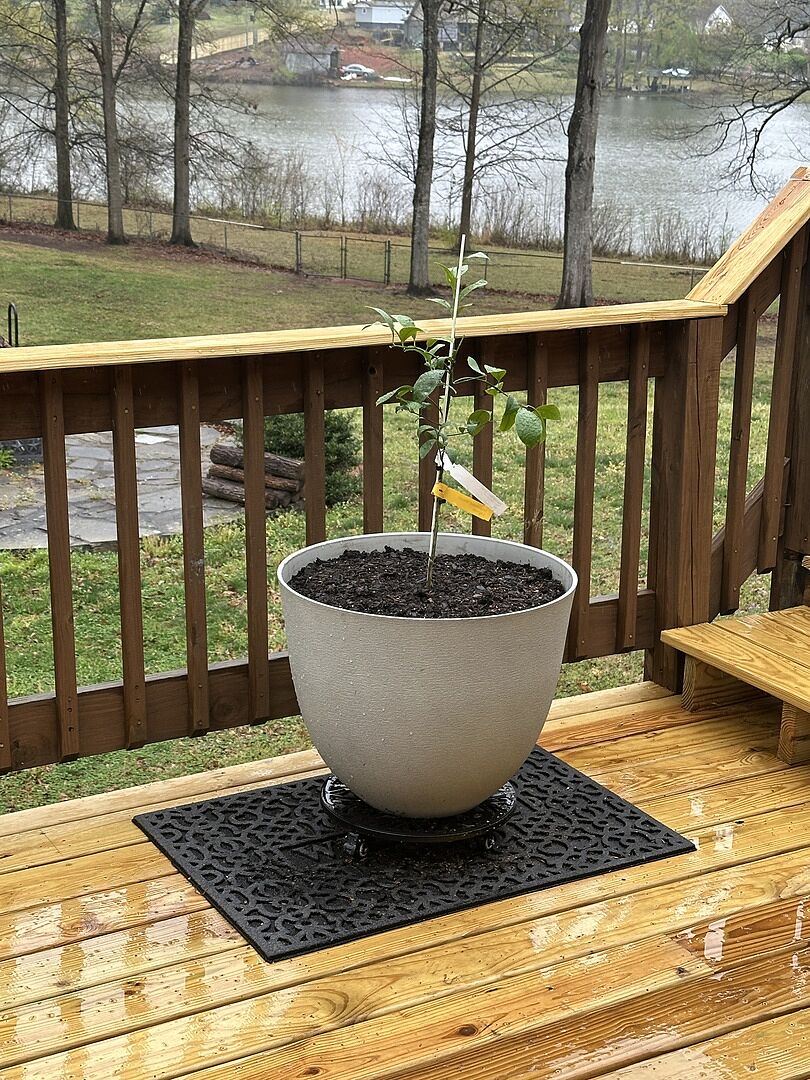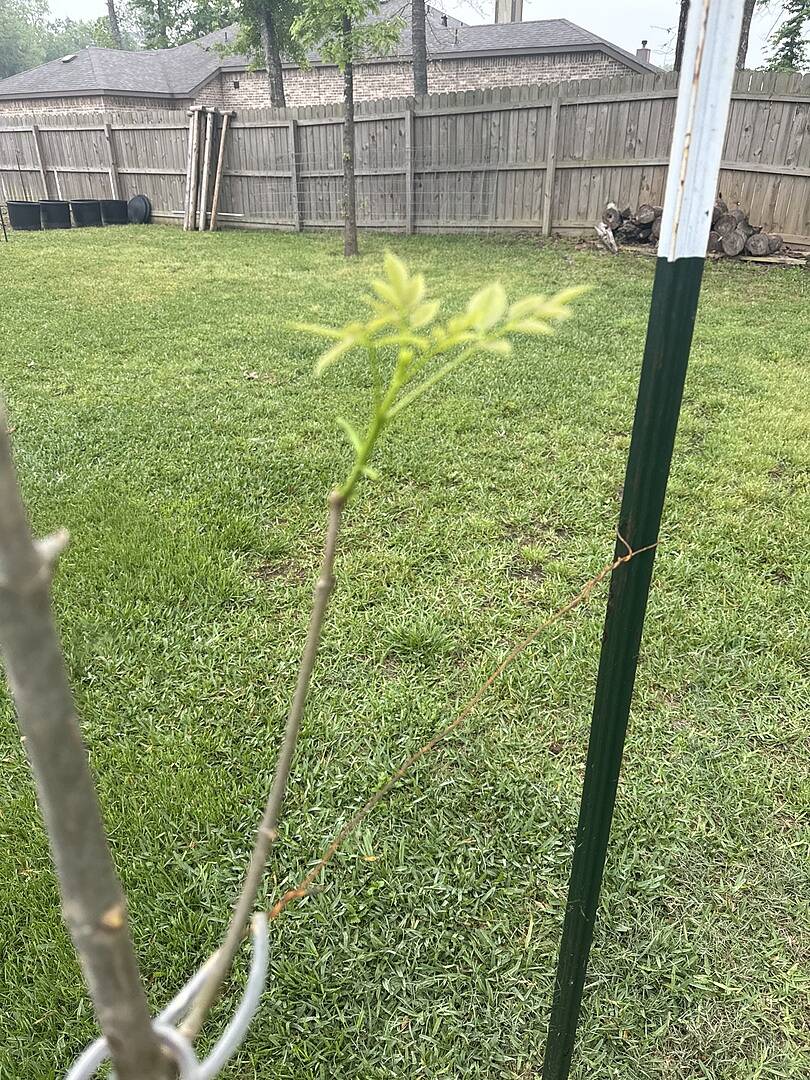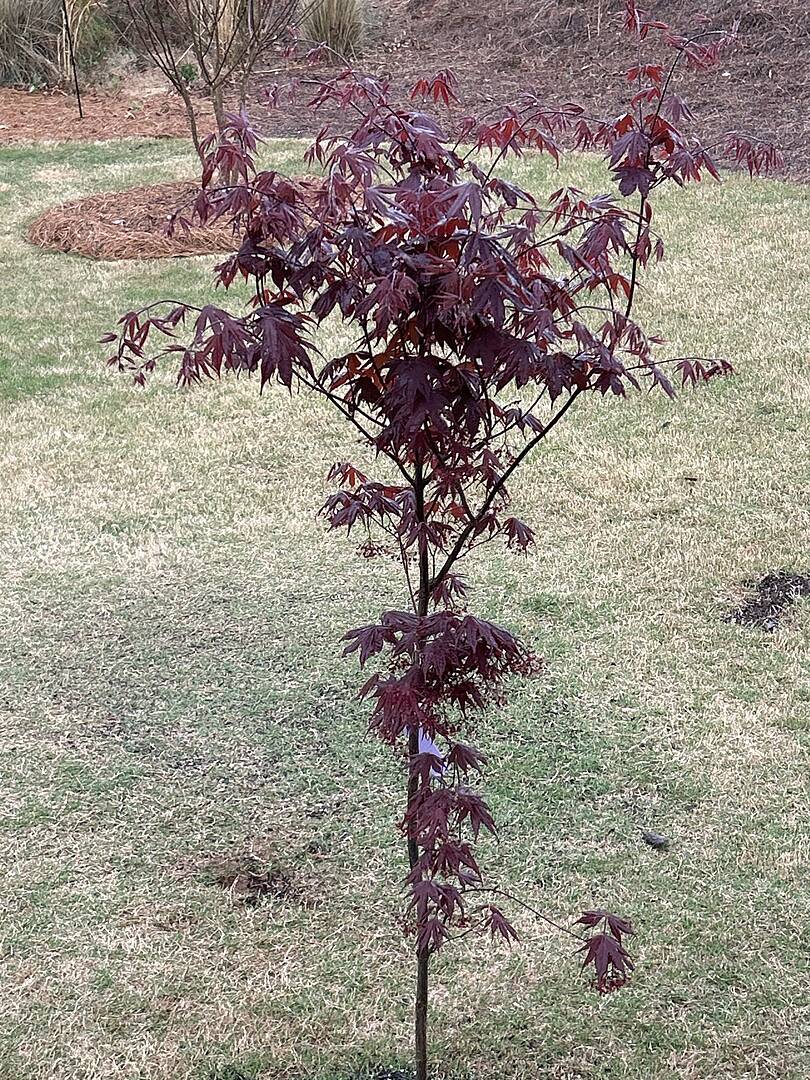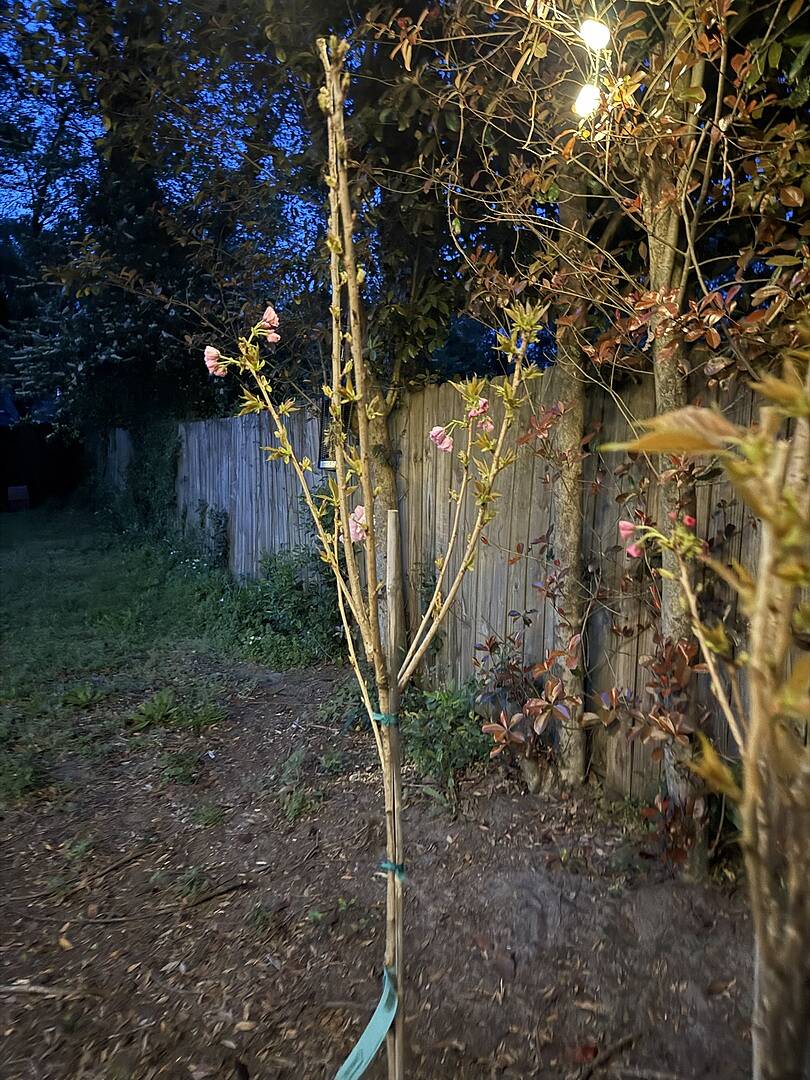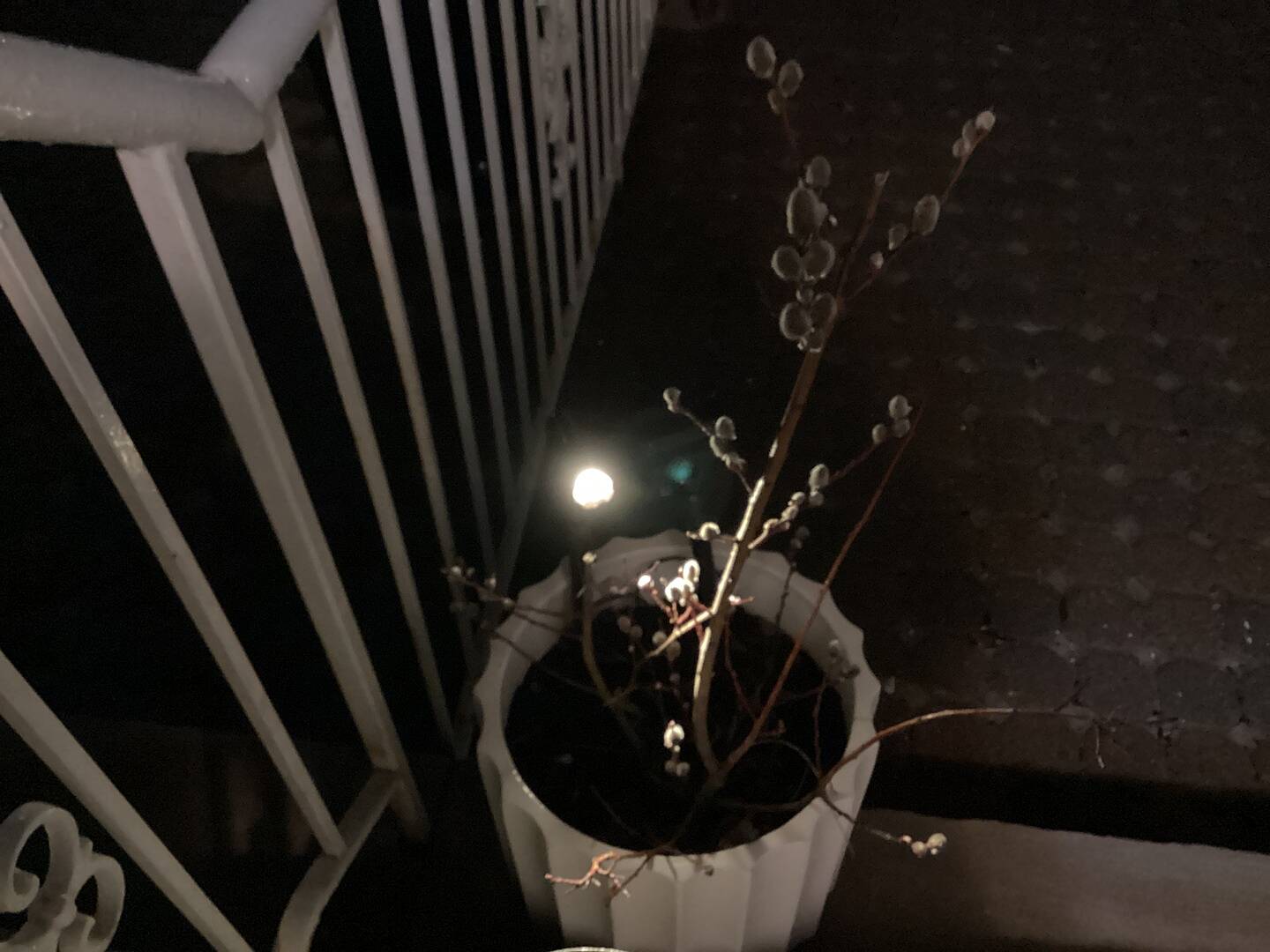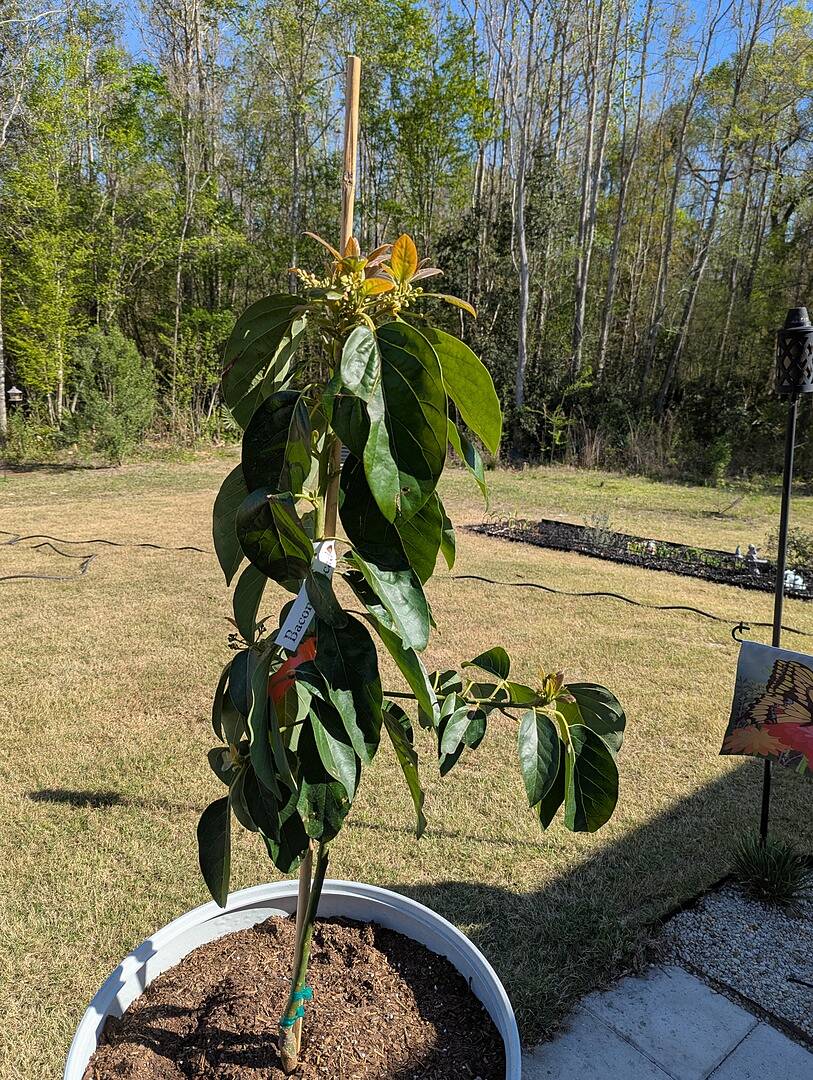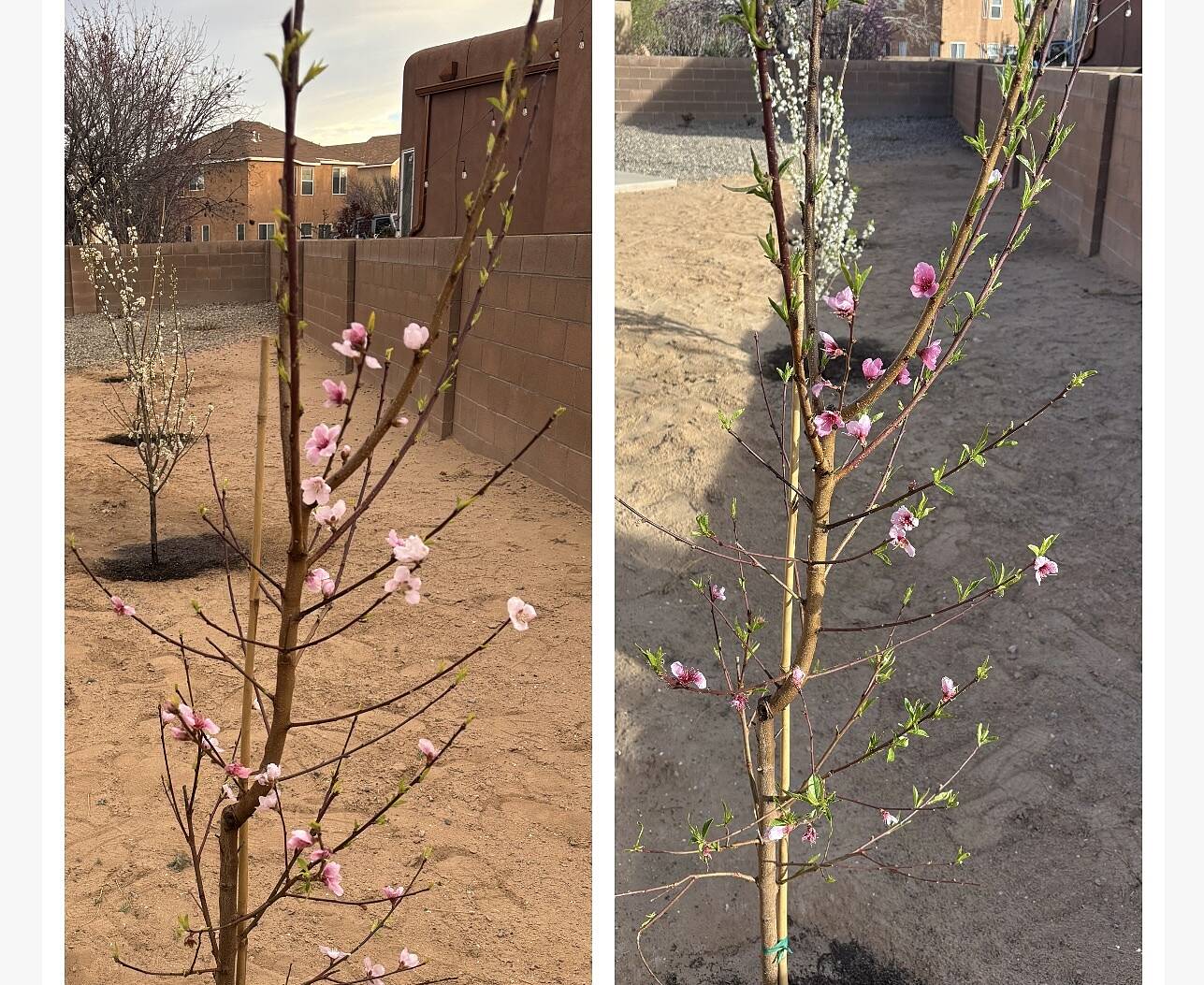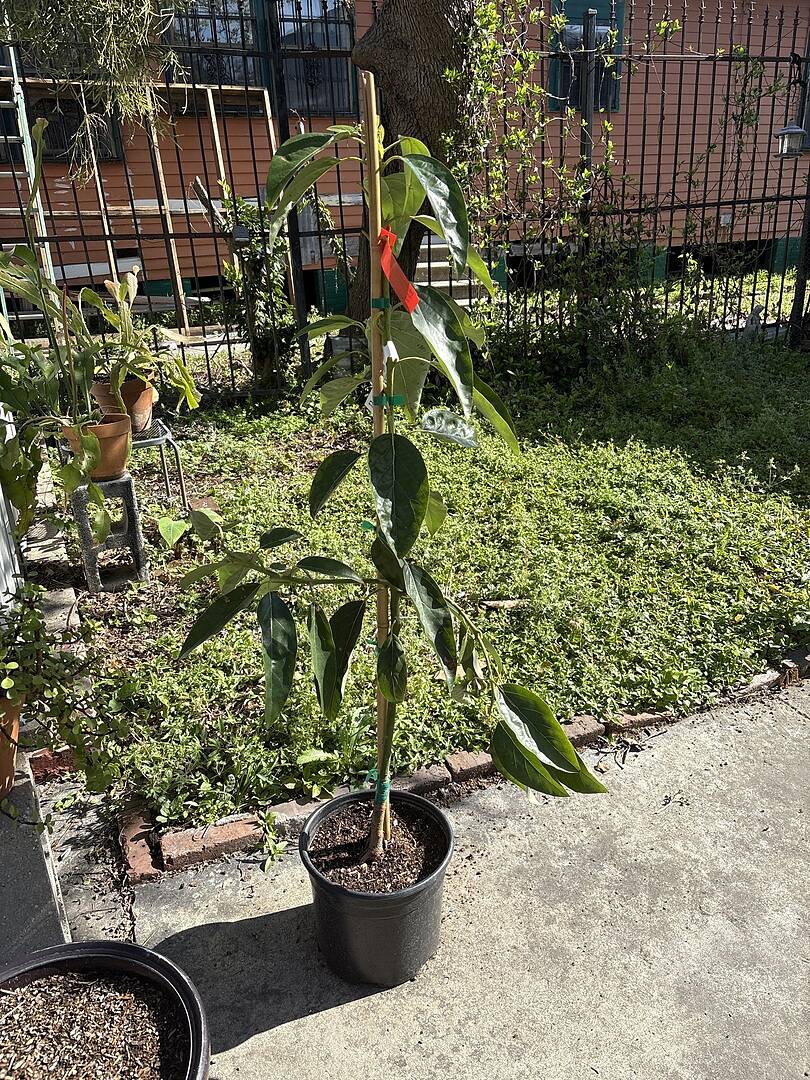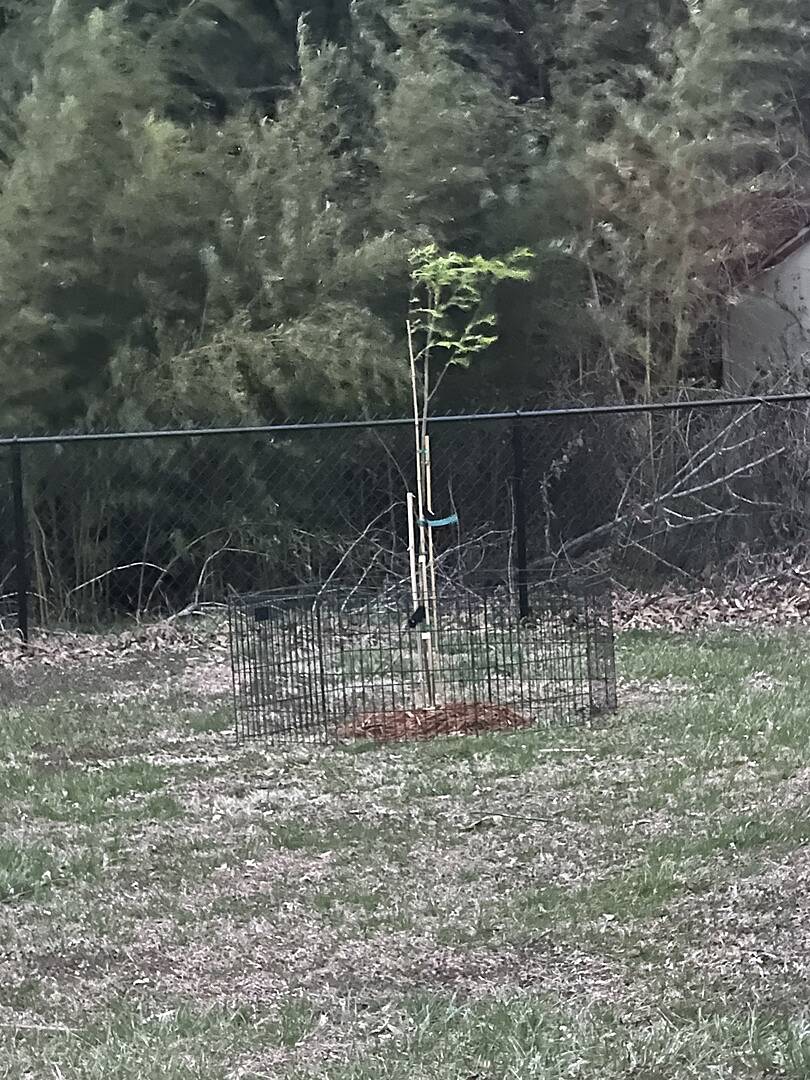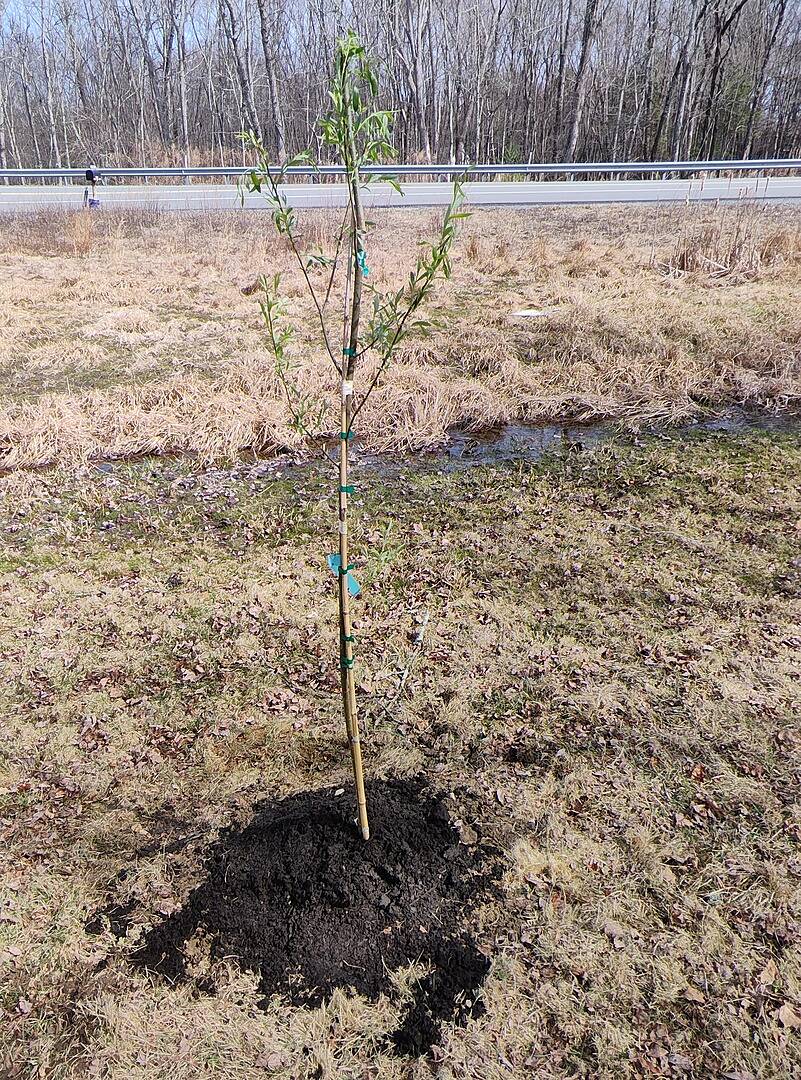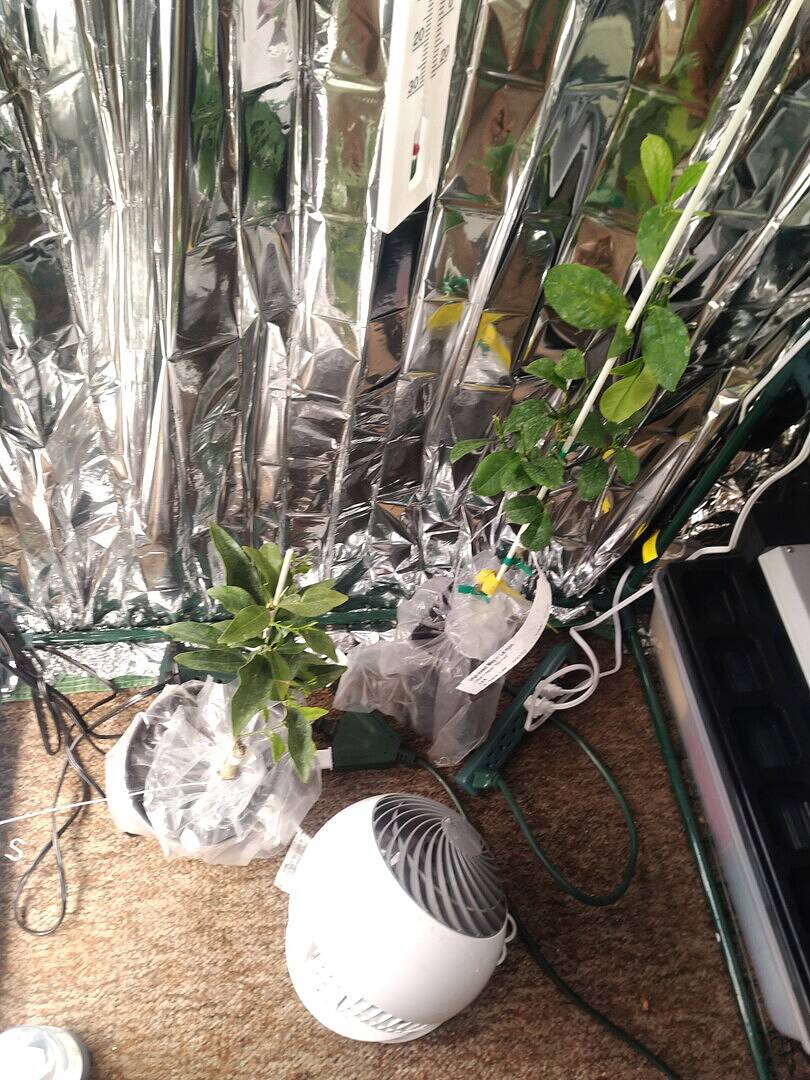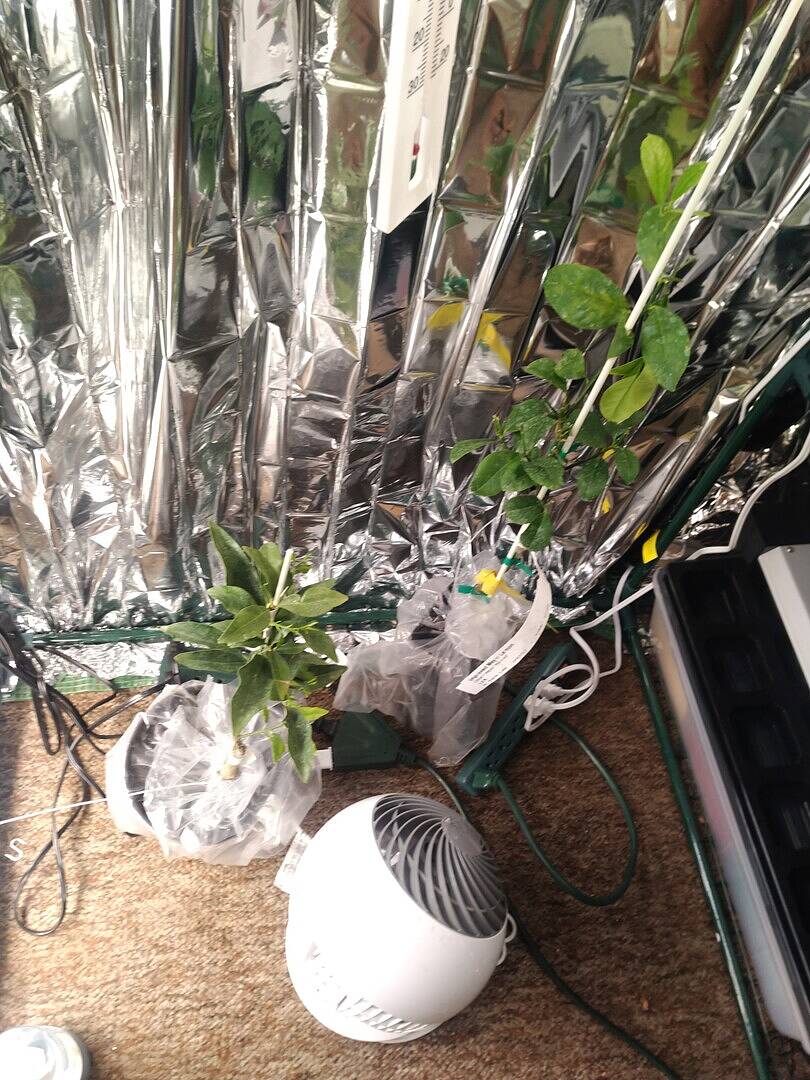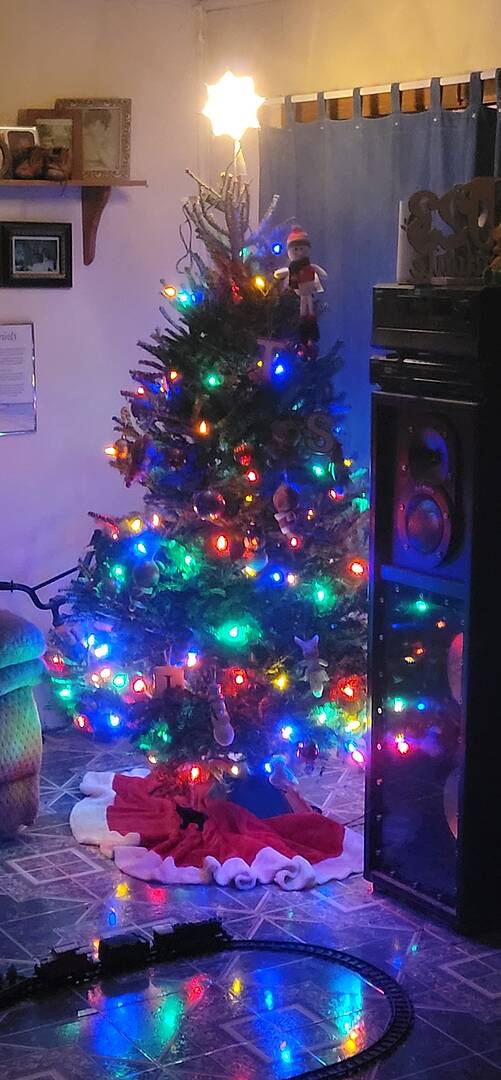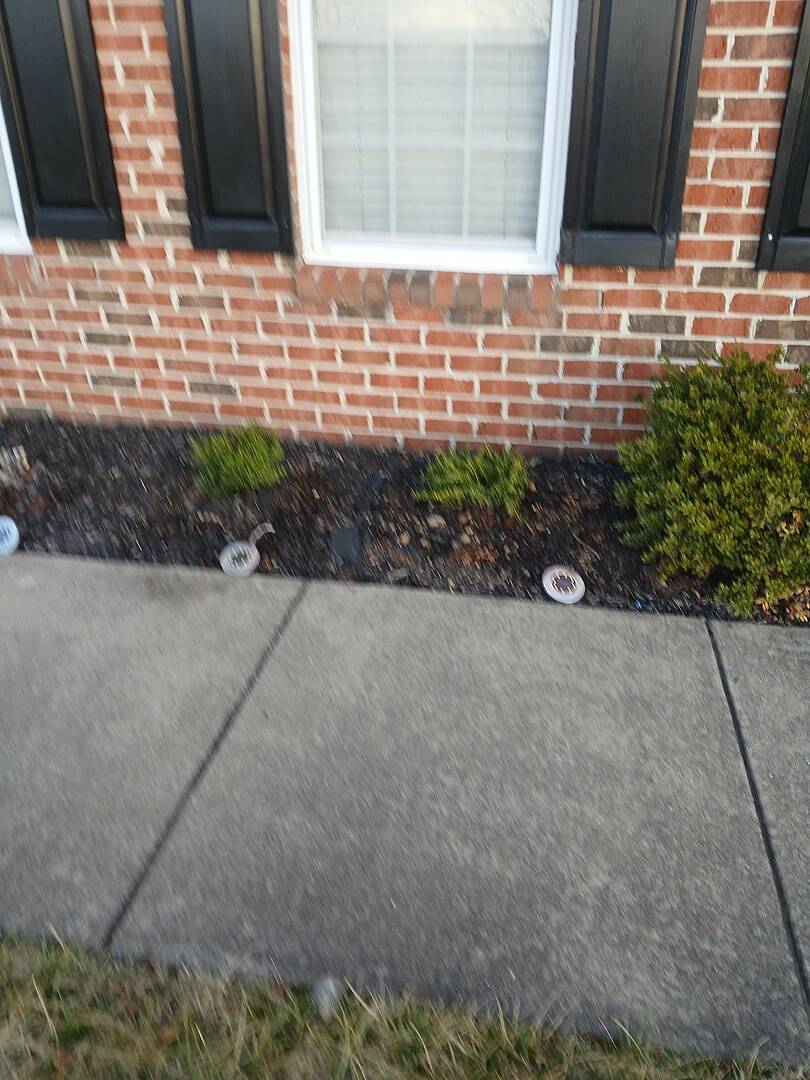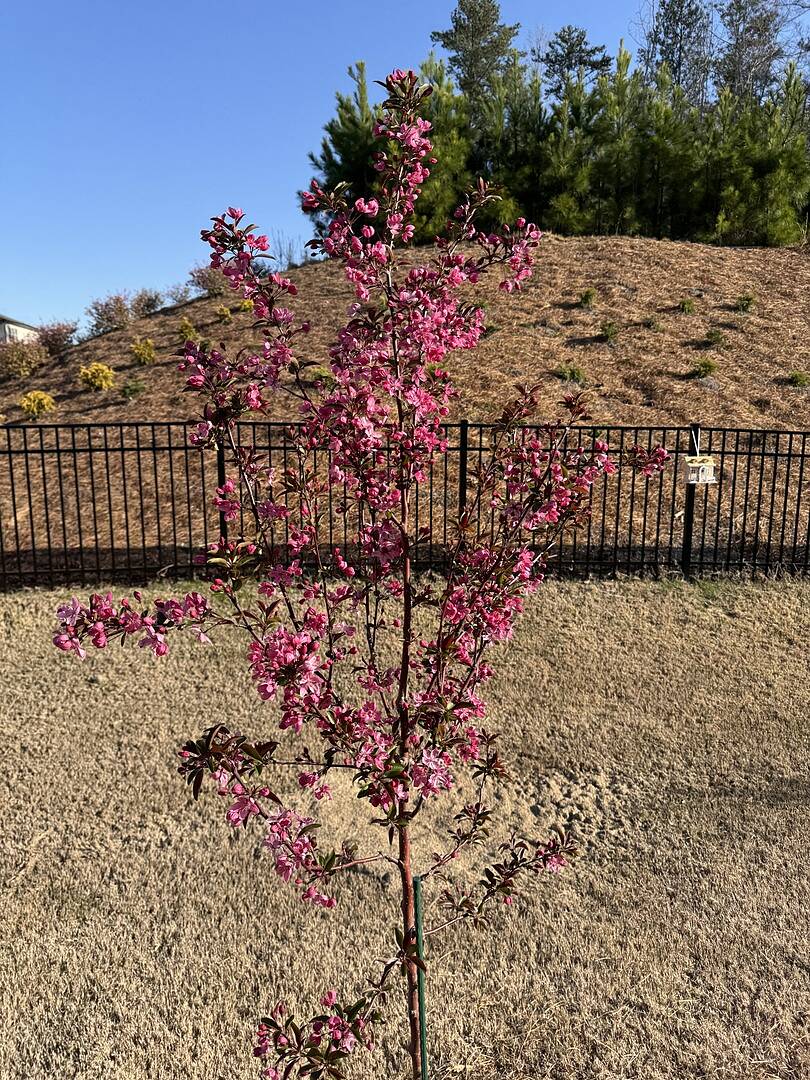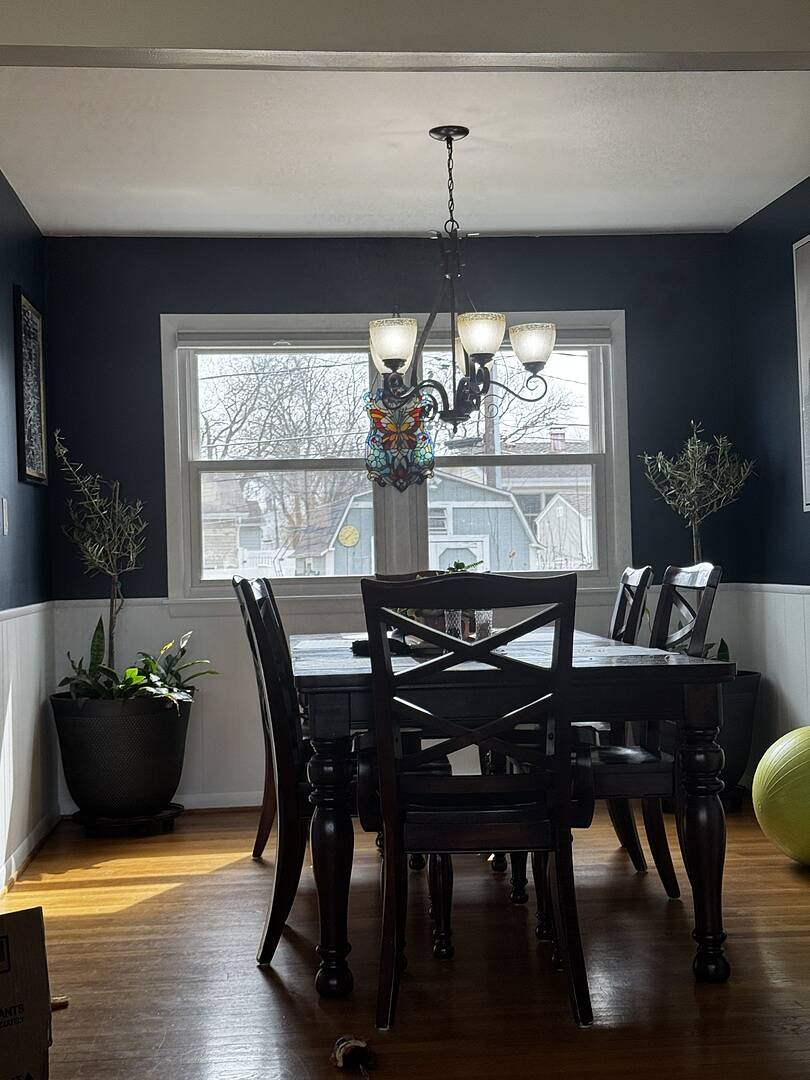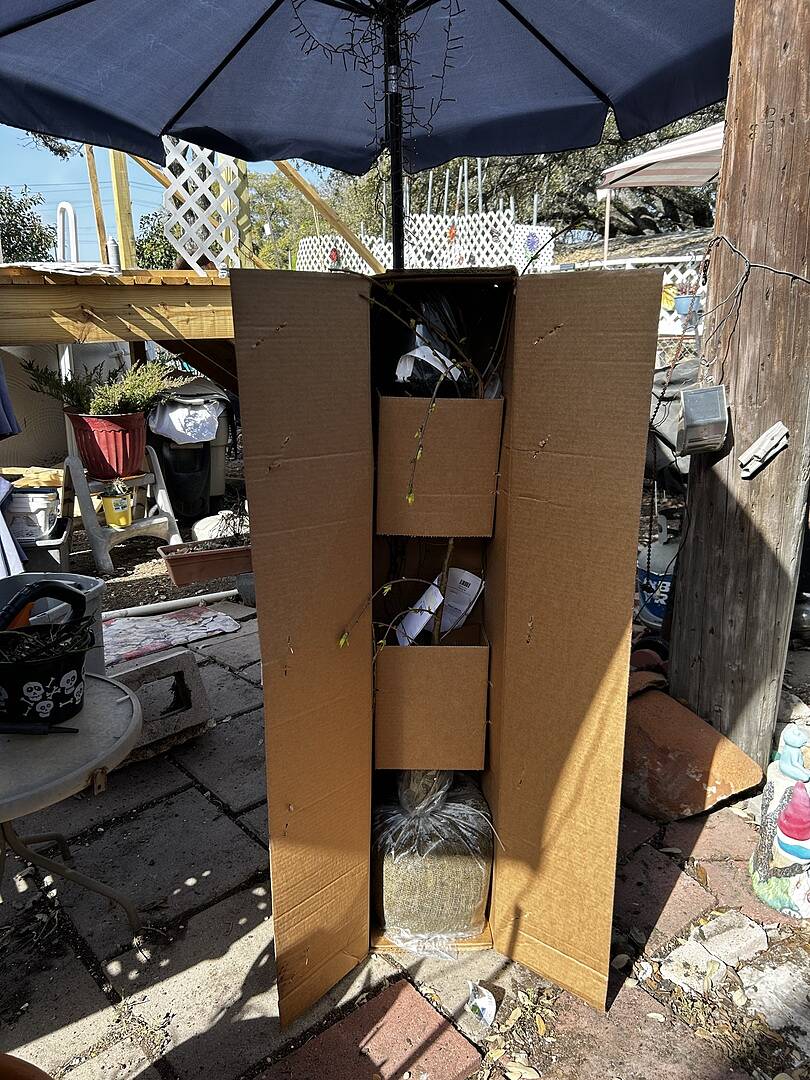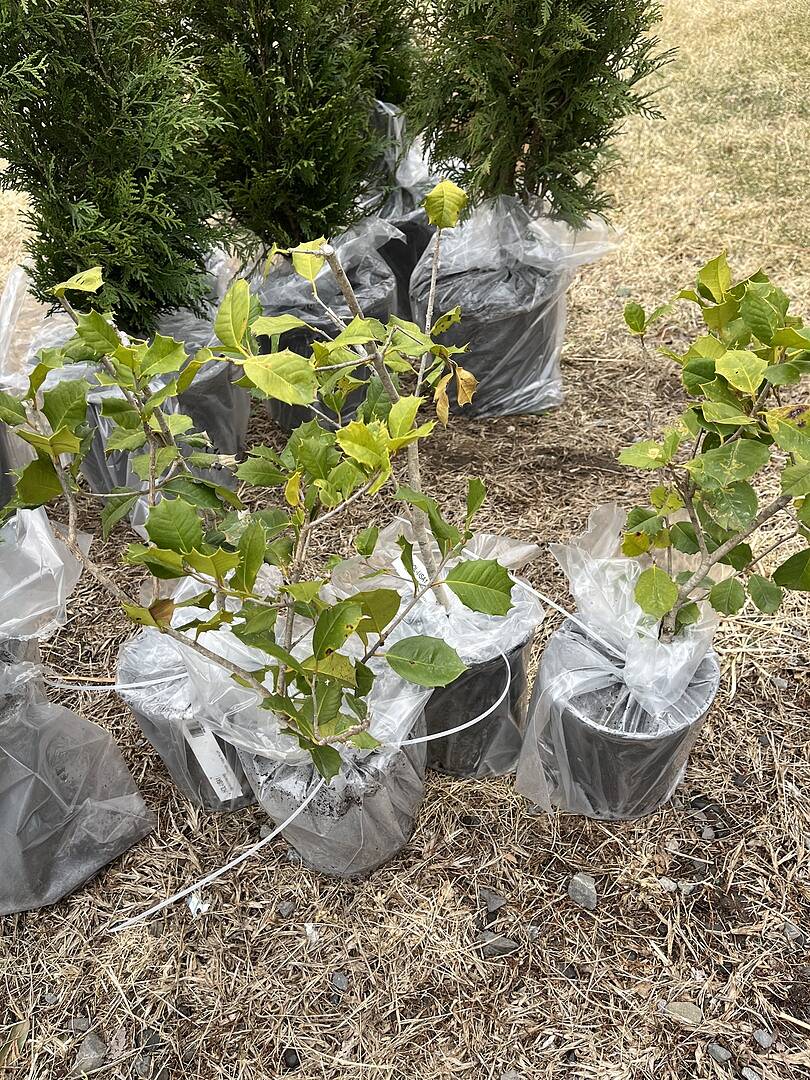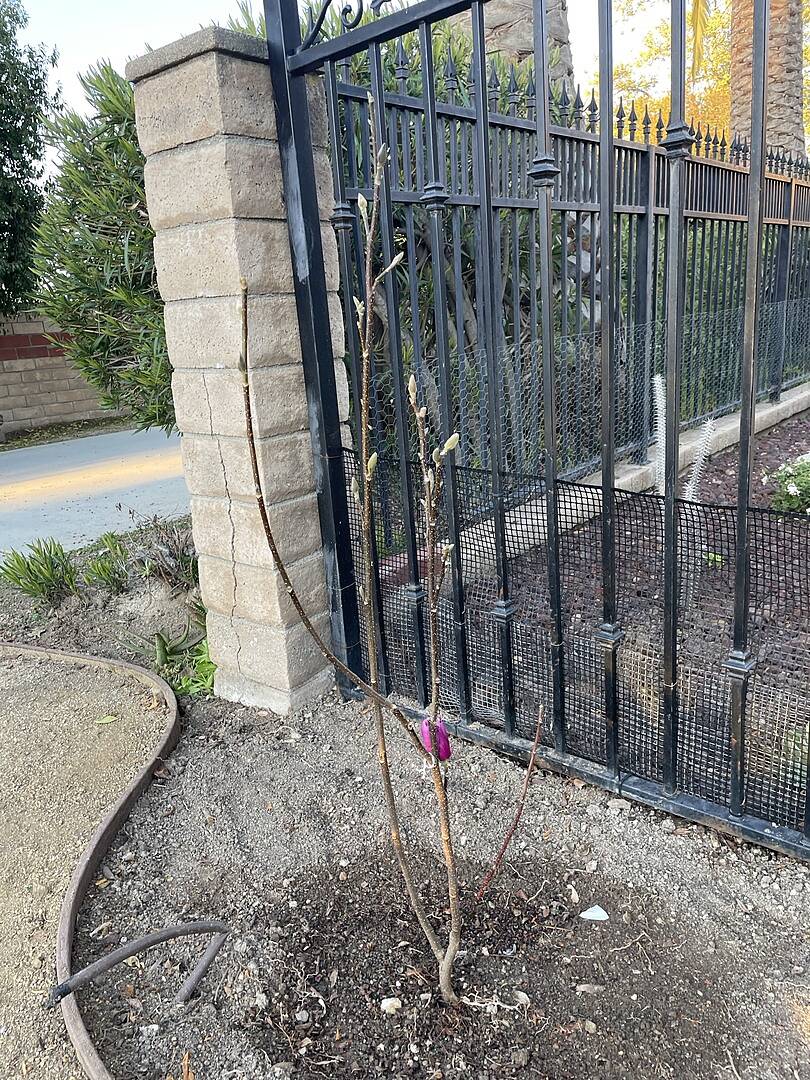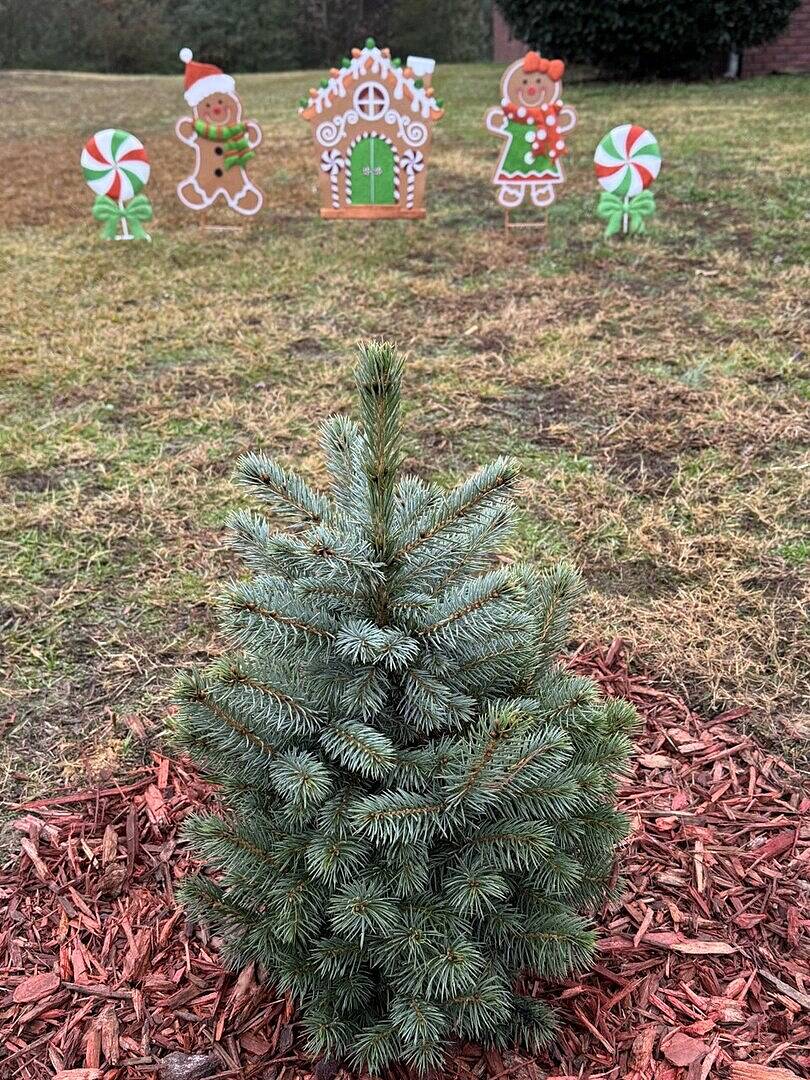Arkansas Trees
Plant Type
Flower Color
Sunlight
Mature Height
Plant Characteristics
Bloom Season
Growth Rate
Indoor Light Requirements
Pollination
Arkansas
Arkansas residents enjoy a temperate climate that tends toward higher temperatures and humidity in the southern lowlands and cooler climates in the mountainous regions. Which type of tree you choose to plant will greatly depend on whether you live in the Timberlands, the Ozarks, the Delta, or the Central River Valley.
To help you find the perfect tree for your yard, we have compiled this guide to our Arkansas trees for sale. It’s filled with advice, tips, observations, and trees we know you’ll love, so you’ll know exactly which tree is right for you, and all the steps needed to ensure it grows for years to come.
How to Maintain Trees that Grow in Arkansas
Prepare early: Before you put in the legwork of buying a tree, decide how the tree will be used within your yard. You can grow a tree for shade, fruit, windbreak, or just because you love the look of it. Whatever you decide, examining your options first will save you time that can later be used for more gardening!
Hardiness Zones: According to the USDA, Arkansas sits in Zones 7 and 8. Broadly, the northern part of the state is in Zone 7, while central and southern Arkansas are in Zone 8. The state’s 5 most populous cities are in the following zones.
Little Rock: 8
Fayetteville: 7
Fort Smith: 8
Springdale: 7
Jonesboro: 8
Soil: Arkansas has many types of soil that range from deep to rocky. We recommend testing your soil prior to planting to learn about its nutrients, minerals, and pH. Once you know what you’re dealing with, use the results to amend your soil as needed for your chosen variety of plant.
The state soil is Stuttgart, named for the city of Stuttgart in southeast Arkansas. The soil is very deep, drains moderately well to somewhat poorly, and used primarily for cropland.
Spring freeze: In the spring, the last freeze usually occurs by mid-March in the southeast, however, freezes can go into early May for the rest of the state, especially if you live in the north. You can pinpoint your frost dates using The Old Farmer's Almanac. The most populous cities' frost dates are as follows:
Little Rock: March 28
Fayetteville: April 11
Fort Smith: April 3
Springdale: April 11
Jonesboro: April 8
Types of Trees that Grow in Arkansas
Arkansas tree lovers should count themselves lucky with the bounty of choices they have for gorgeous-looking trees. From shade trees to flowering trees, Arkansas's sub-tropical climate lets gardeners get creative as few other places can.
Shade trees: Arkansas summers are scorching, with the average temperature in July reaching a sweltering 91.7 degrees! Planting a shade tree will keep you cool and add visual interest to your yard.
Evergreens: Evergreens keep their color all year round, while also keeping prying eyes out of your yard. If you need a privacy screen or a classic hedge fence, give these gorgeous evergreens a go: Thuja Giant, Leyland Cypress, Emerald Green Arborvitae, Taylor Juniper, and Little Gem Magnolia.

Flowering trees: To bring unparalleled color to your yard, plant a flowering tree. We recommend White Dogwood, Pink Dogwood, White Kousa Dogwood, Eastern Redbud, Tulip Poplar, Prairifire Crabapple, Jane Magnolia, and Natchez Crape Myrtle.
Fruit trees: To increase your chances of a successful harvest, plant an Apple or Pear tree. They can handle environmental stress more so than other fruit trees. We suggest planting Honeycrisp, Granny Smith, Fuji, or Gala apple trees. As for pears, go with Shinseiki, Bosc, or Seckle. When planting a fruit tree, make sure it gets between 6 to 8 hours of sunlight daily. Fruit trees also need a lot of water. These trees are ready to water when their soil is dry 8 to 10 inches down.
Native trees: Want something to celebrate your local horticulture? You have more than 180 native Arkansas trees to choose from, according to the Central Arkansas Library System. A few of our favorites are the Rough Leaf Dogwood, Red Buckeye, Ohio Buckeye, American Holly, Adler, and Rusty Blackhaw.

Another native you should consider is the Loblolly Pine, Arkansas's official state tree. It is a needled evergreen with the fastest growth among all pine trees. The tree usually grows between 60 and 90 feet tall and 40 and 60 feet wide.

Loblolly Pine is used residentially to grow quick privacy screens. However, most of the Loblolly Pine grown in the state is used to make pulp, mulch, and timber. It’s estimated that the tree species is the most important in the state’s forest economy.
Whether you’re looking for a native Arkansas tree for sale or some nonlocal greenery, FastGrowingTrees is here to help.
Common Questions About Arkansas Trees
What fruit trees grow best in Arkansas?
Many different types of fruit trees grow in Arkansas. However, master gardeners recommend planting Apple and Pear Trees. They are more forgiving of stressors, like high heat, than other fruit trees. You can also plant Figs, Persimmons, and Jujube trees.
Home gardeners should avoid planting stone fruit trees like Peach, Nectarine, and Plum. They are susceptible to pests and require extra attention. Peach Trees are the most difficult fruit trees to grow in Arkansas.
When to plant trees in Arkansas?
The ideal time to plant trees in Arkansas is in the fall. Experts recommend planting in November, though this isn’t strictly necessary. Planting trees in the milder months of the year ensures they have ample time to establish their root system before high temperatures in the summer, which inevitably cause heat stress.
How do Arkansas trees get injured?
Deciduous trees in Arkansas are especially susceptible to sunscald. It’s most prevalent on young, recently planted trees that have yet to develop thick bark. Sunscald occurs in the summertime when there is extreme heat and drought conditions. Essentially, the southwest side of the tree becomes too hot, which leads to scarring. Sunscald disfigures the tree, which in the future can lead to a hollow trunk later in the tree’s life.
What is the rarest tree in Arkansas?
Maple-leaf oak is the rarest tree in Arkansas. This small tree grows only on four mountaintops in the Ouachita Mountains and Arkansas Valley.






